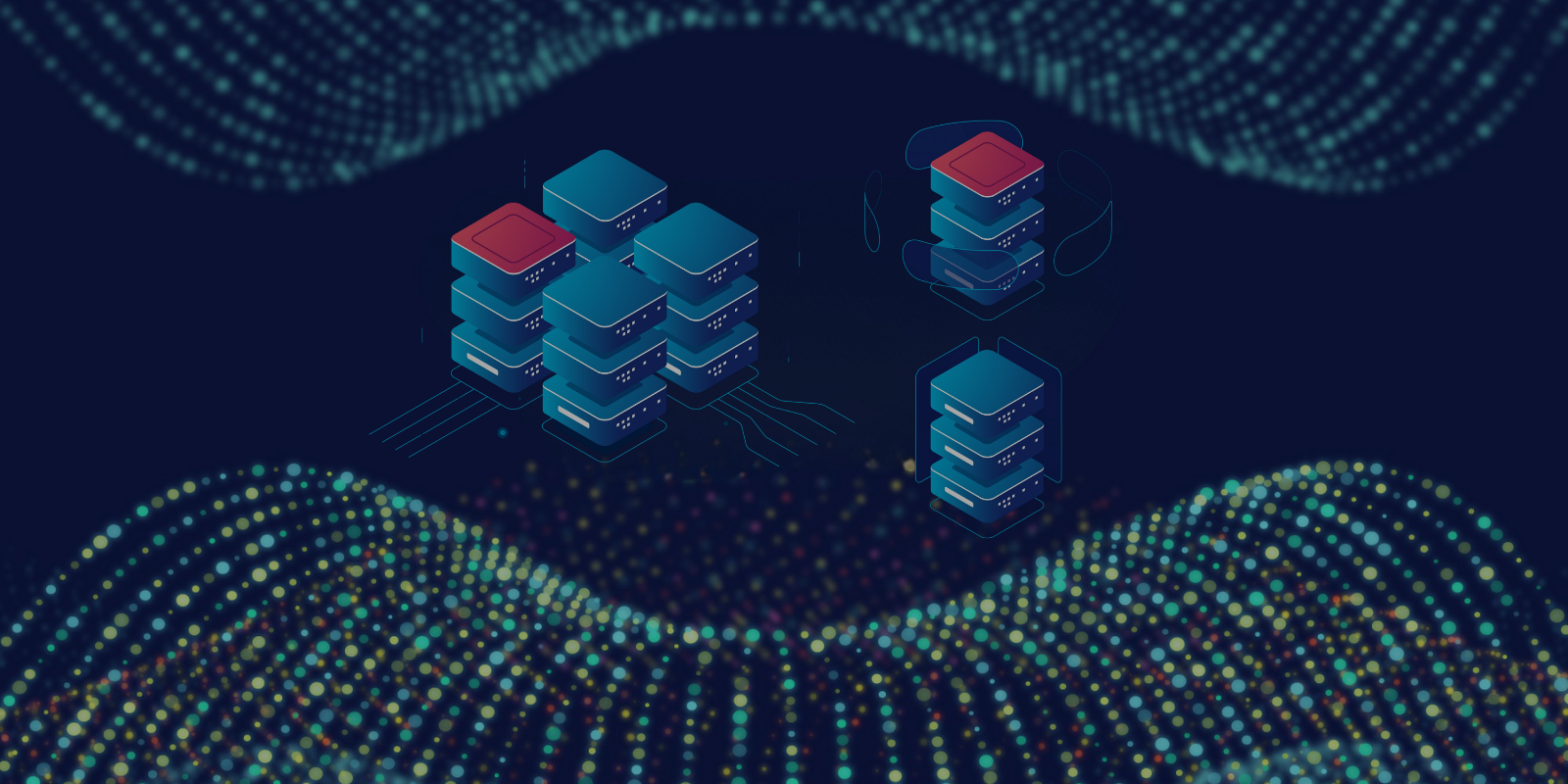Imagine a database that breaks down the age-old barriers between transactional processing, analytics, and AI. Databricks Lakebase is that breakthrough: a fully managed, Postgres-compatible OLTP engine built for the AI era. It seamlessly integrates real-time transactional workloads with analytics and AI on a single lakehouse platform eliminating complex ETL pipelines and enabling truly intelligent, responsive applications.
Designed for modern cloud scale and agility, Lakebase offers serverless compute, instant branching with Git-like database versioning, and real-time syncing with Delta lakes. It’s the future of data apps where your operational data and AI workflows coexist in perfect harmony, powering next-generation business innovation.
As an exclusive strategic partner of Databricks, ACI Infotech is uniquely positioned to help enterprises unlock the full power of Lakebase and drive their AI transformation journeys.
Why Lakebase? The Motivation
The Growing Friction Between OLTP, Analytics, and AI
Traditional operational databases (e.g. legacy Postgres, MySQL, Oracle) were designed in an era before large-scale AI, streaming, and real-time analytics. They tend to:
- Require complex, fragile ETL/ELT pipelines to move data between transactional and analytical systems
- Have scaling, provisioning, and cost challenges in modern cloud contexts
- Lack tight integration with AI/ML workflows
Databricks frames the legacy problem this way: operational databases are expensive to provision and manage, don’t integrate naturally with analytics, and don’t support modern development workflows.
The “Lake-Base” Paradigm: One Ground, Many Workloads
Databricks introduces the term lakebase to describe a new category of operational database that:
- Uses open standards (Postgres-compatible)
- Separates compute and storage so they scale independently
- Enables branching, checkpointing, and rewinding (useful for AI agents, experimentation)
- Is deeply integrated into the lakehouse so analytics and transactional workloads can share data without fragile pipelines
The goal: unify operations, analytics, and AI/ML on a common foundation.
Developer Experience and Enterprise Impact
- Launch full database environments including catalogs, instances, and synced tables in a single bundle or with declarative infrastructure as code (Terraform), accelerating app deployment and scaling.
- Advanced governance, with Unity Catalog integration for secure, compliant, multi-cloud data access.
- Native support for complex data types, advanced autocomplete in notebooks, and powerful branching/checkpointing modernizing developer workflows for daily AI operations.
Architecture & Key Features
- Postgres Under the Hood + Open Ecosystem
Lakebase builds on Postgres, meaning existing Postgres tools, libraries, SQL syntax, and popular extensions (e.g. PostGIS, pgvector) can be used. That lowers the barrier for adoption. Since it's Postgres-compatible, developers can reuse much of their existing knowledge. But under the covers, Lakebase incorporates enhancements for scalability, elasticity, and integration with the lakehouse.
- Decoupled Compute & Storage, Serverless Scaling
A core design is separation of compute and storage. Storage lives on cheap object storage (the lakehouse), while compute is elastic: scale up, down, even to zero when idle. Databricks claims Lakebase can deliver sub-10 ms latency and >10k QPS (queries per second) for transactional workloads.
- Syncing with the Lakehouse (No More ETL)
One of Lakebase’s biggest promises is managed data synchronization: changes in Postgres are streamed or mirrored in real time into the lakehouse (Delta tables), without developers writing custom ETL. Thus, analytics/ML pipelines always see fresh data. This avoids the staleness and lag that often plague hybrid systems.
- Branching, Checkpointing & “Agent-Ready” Workflows
To support experimentation, AI agents, and branching workflows, Lakebase introduces the ability to branch and checkpoint database states akin to version control in code. Agents can run experiments, experiments, and roll back. Because of this, it’s claimed to be more suitable for AI agent systems, where multiple paths and rollback ability are needed.
Challenges, Trade-offs & What to Watch
Of course, no system is perfect. Some possible challenges or caveats:
- Latency & Performance vs. Specialized OLTP Systems
While Databricks promises sub-10 ms latency, latency-sensitive applications (e.g. high-frequency trading) may still demand specialized engines. The performance for extreme workloads remains to be proven. - Consistency & Isolation Guarantees
Ensuring strong consistency across branches, sync, and analytics is complex. How Lakebase handles transactions, isolation levels, and conflict resolution in the face of branching and sync operations will matter. - Migration Complexity & Legacy Integration
Many enterprises have existing relational/transactional systems. Migration (schema, data, applications) to Lakebase will require effort. Ensuring compatibility with legacy tooling is key. - Feature Parity with Postgres & Extensions
While Postgres-compatible, some extensions or behaviors may not be fully supported initially. - Concurrency Conflicts in Branching / Merging
Branching workloads and merging changes back may open challenges akin to version control conflicts.
Partner with ACI Infotech: Your Databricks & AI Transformation Experts
At ACI Infotech, we are proud to be among Databricks’ exclusive strategic partners, helping global enterprises unlock the power of data and AI with the Lakehouse and now the revolutionary Lakebase platform.
Our proven expertise spans multiple industries from real-time analytics in financial services, to AI-driven supply chain optimization, to data modernization for healthcare providers. We’ve successfully delivered end-to-end Databricks solutions for clients across North America, EMEA, and APAC, driving measurable outcomes in scalability, governance, and AI readiness.
With deep technical expertise in Databricks, Azure, and AWS, ACI Infotech helps enterprises:
✅ Migrate from legacy data warehouses to the modern lakehouse stack
✅ Implement real-time data pipelines and feature stores for AI
✅ Integrate Databricks with operational systems using Lakebase
✅ Optimize data governance and cost efficiency across the stack
Ready to modernize your data and AI strategy?
Contact ACI Infotech today to explore how we can help you build the next generation of AI-powered applications using Databricks Lakebase.
FAQ’s
Databricks Lakebase is a next-generation Postgres-compatible OLTP database designed to bring transactional, analytical, and AI workloads together in one unified platform. It eliminates the need for complex ETL pipelines by syncing operational data directly with the Databricks Lakehouse, allowing real-time analytics and AI applications on live data.
Unlike traditional databases, Lakebase is serverless and fully managed, separating compute from storage for elastic scalability. It’s built to natively integrate with the lakehouse architecture, enabling AI, analytics, and operations to work on the same data foundation. Traditional databases require manual data movement between OLTP and OLAP systems Lakebase removes that friction entirely.
Lakebase provides real-time synchronization between transactional and analytical data, sub-10 ms latency for OLTP workloads, and built-in support for AI-ready features like data versioning, branching, and checkpointing. These capabilities let AI agents and machine-learning models access live data instantly, reducing lag and improving decision accuracy.
Yes. Lakebase is Postgres-compatible, which means most SQL syntax, drivers, and popular extensions such as pgvector for vector search work seamlessly. This allows developers to migrate or extend existing Postgres workloads with minimal changes while gaining the scalability and AI integration benefits of the Databricks platform.
Lakebase is ideal for:
- AI-powered operational apps (recommendation systems, chatbots, or agentic workflows)
- Real-time analytics on live transactional data
- Feature stores for machine learning models
- Simulation and experimentation environments that require data branching and rollback



